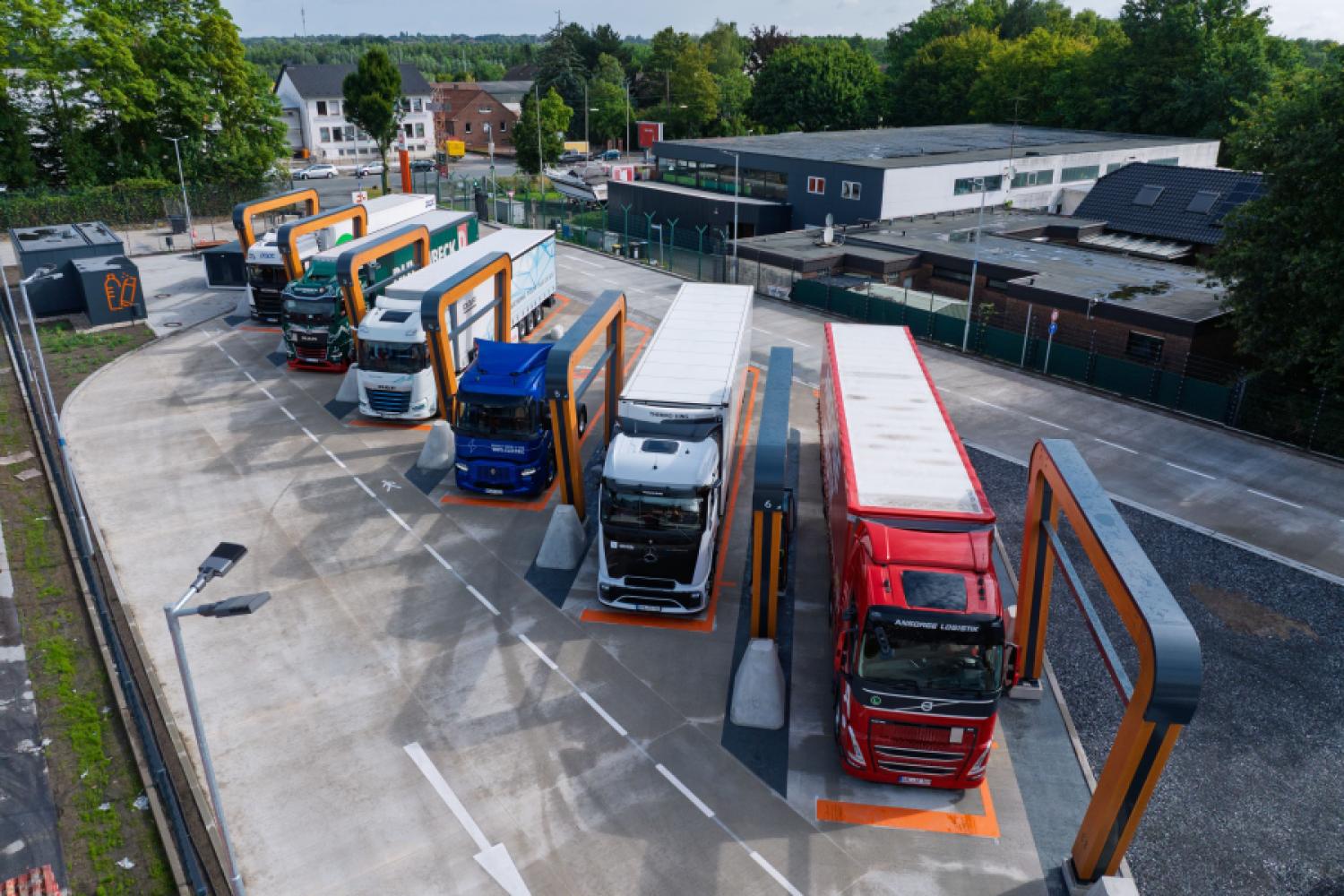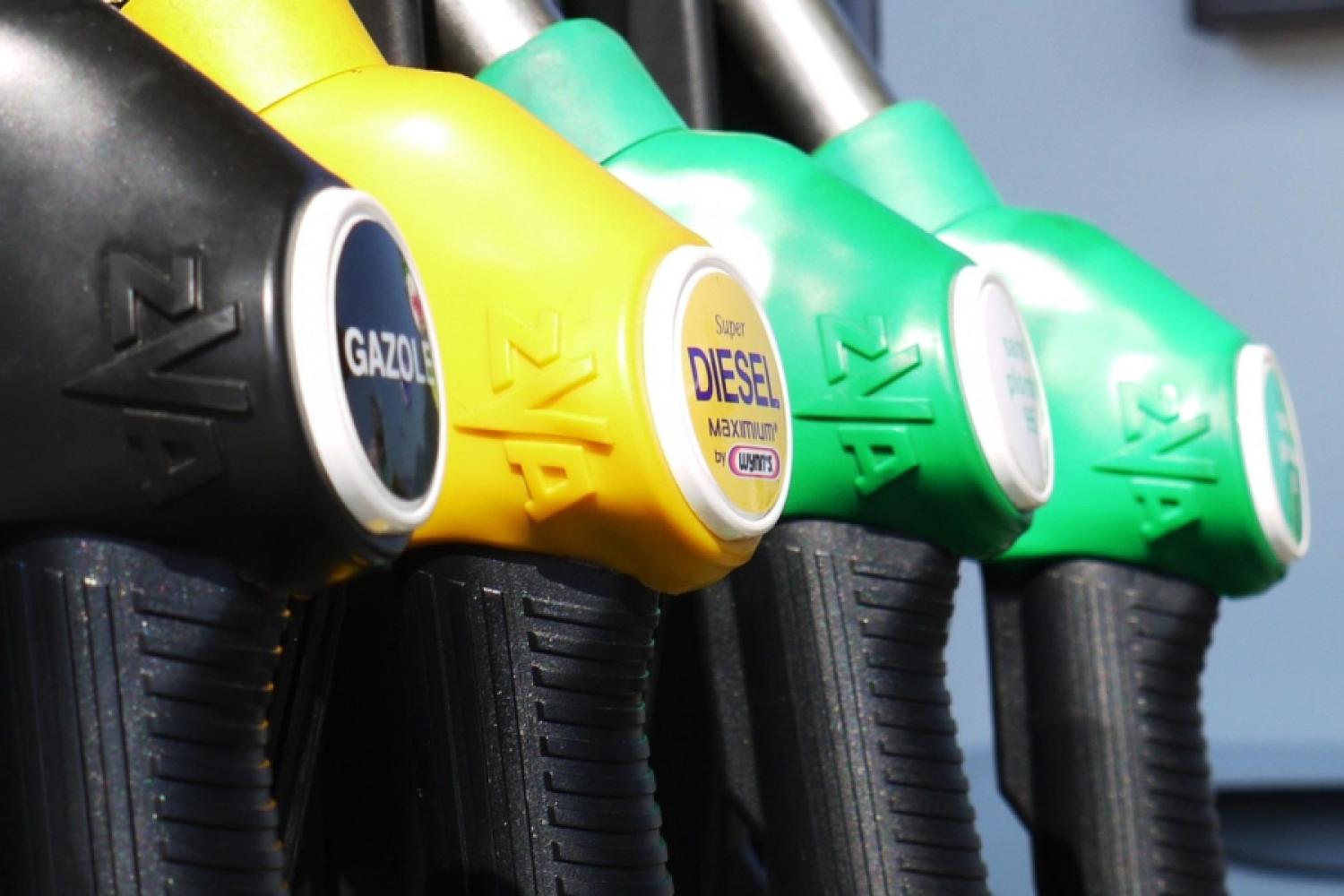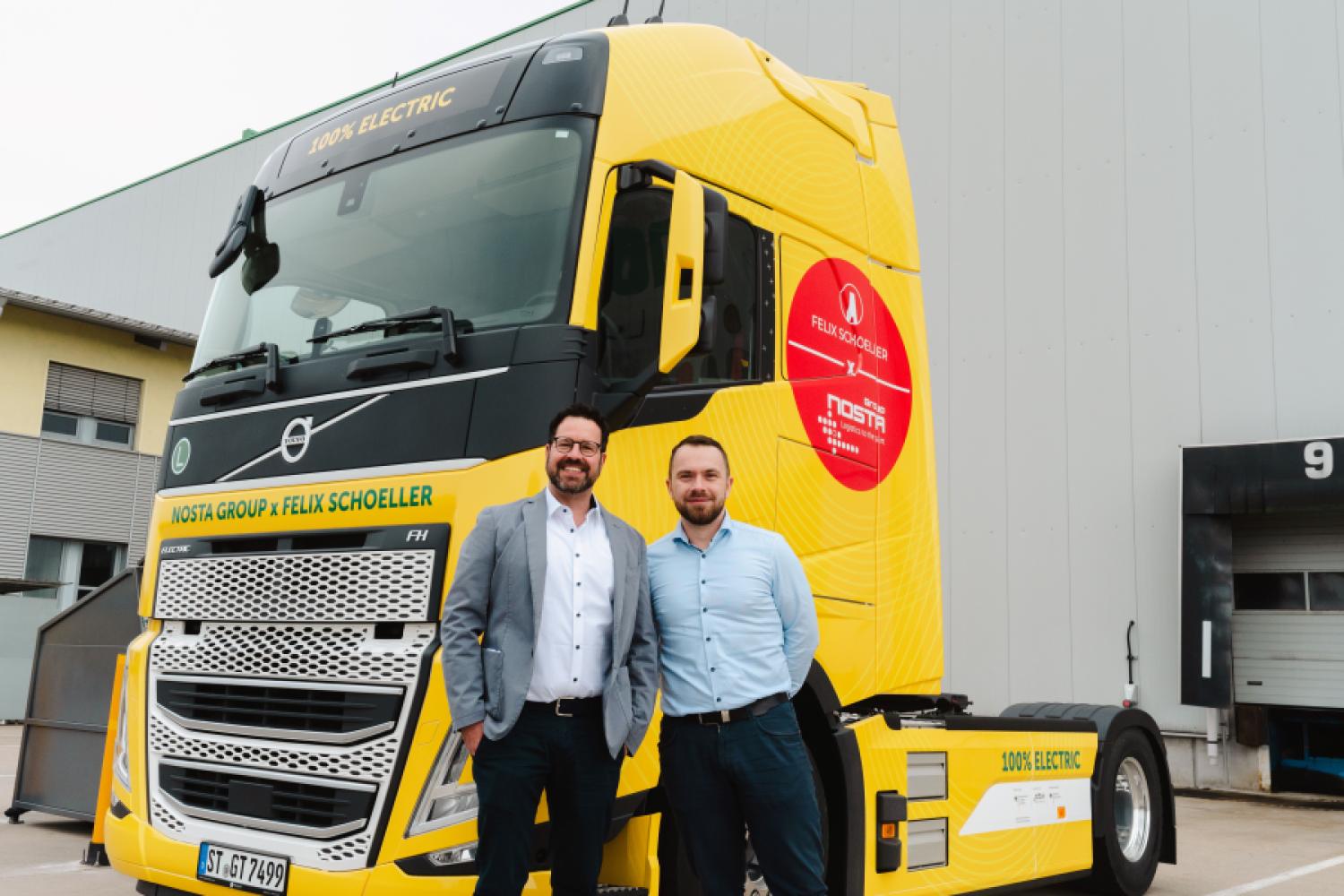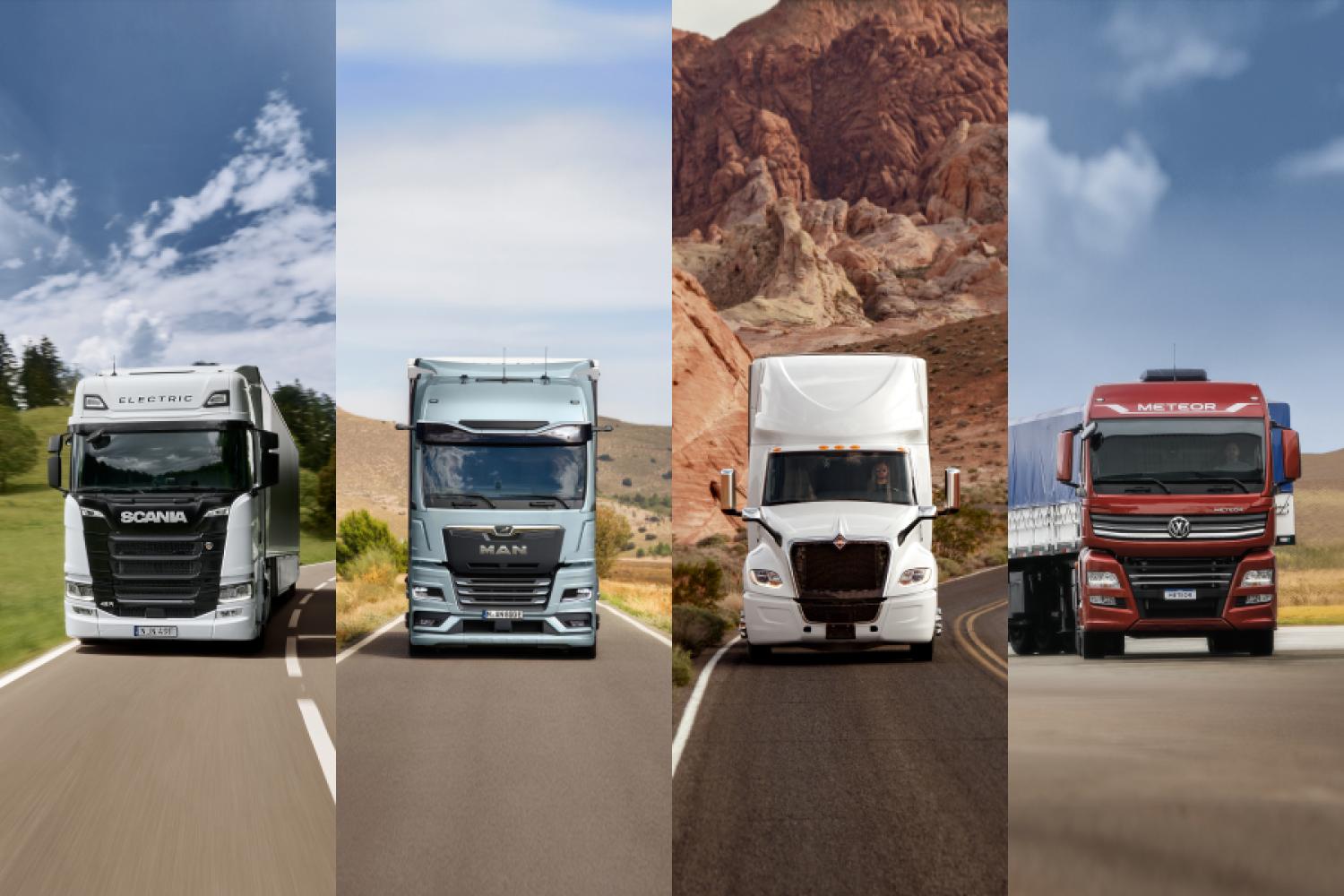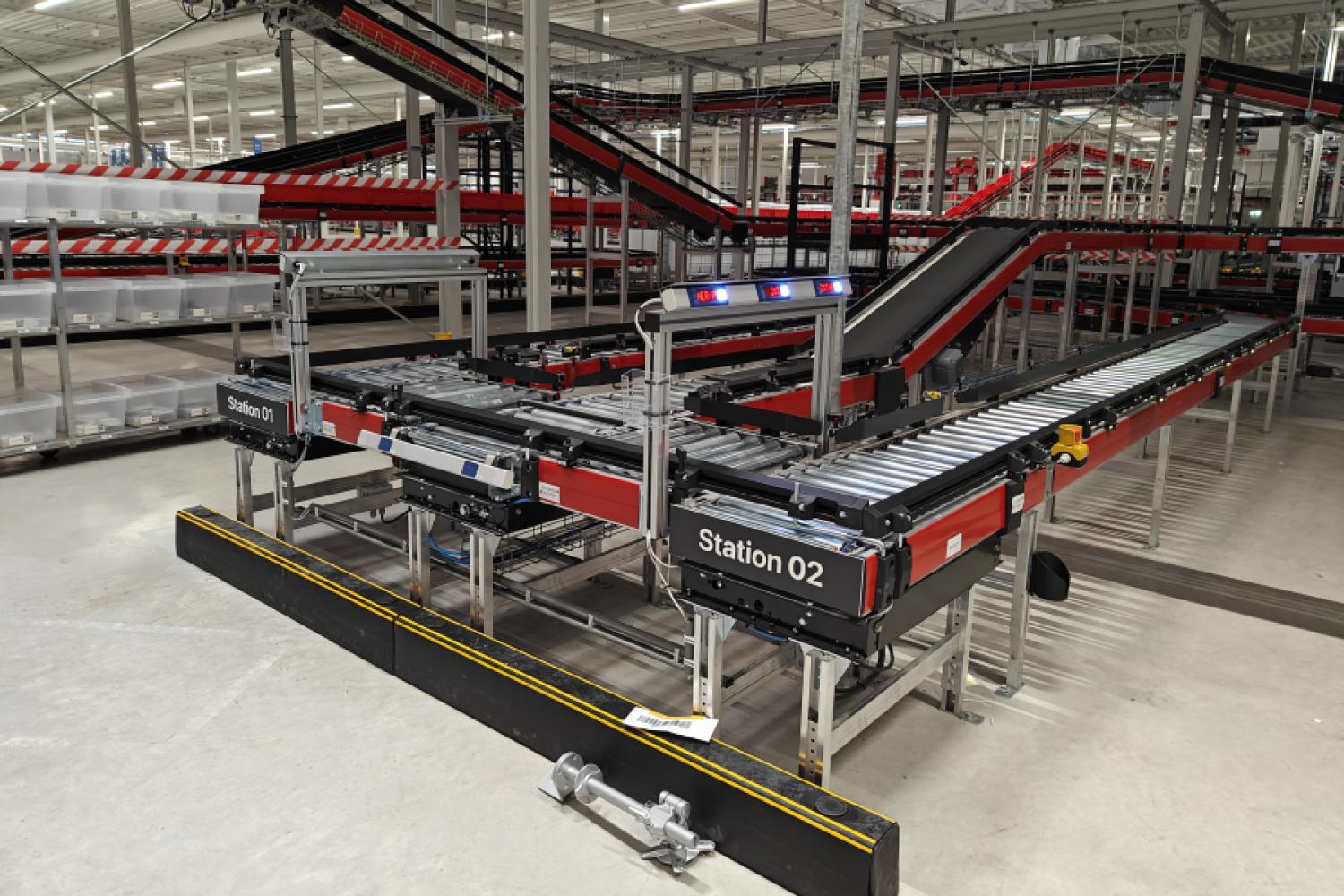A new study commissioned by EIT Urban Mobility, Transport for London (TfL), and the Greater London Authority (GLA) has now shown that non-exhaust emissions (NAEs – particles released by brake, tire, and road wear) are currently the main source of particulate matter pollution from road traffic. The results were presented by Yoann Le Petit, Thought Leadership Manager at EIT Urban Mobility, together with colleagues from TfL and the GLA at the world transport forum (International Transport Forum – ITF) hosted by the OECD in Leipzig. The study was conducted by e:misia and uses London as a case study to analyze the effectiveness of technical and policy measures to reduce NAEs. Particulate pollution (PM) remains one of the most serious environmental health risks in Europe.
Traditional exhaust emissions declining
In 2022, over 96 percent of the European population was exposed to concentrations of PM2.5 (particles with a diameter of 2.5 micrometers or less) that exceeded the World Health Organization (WHO) limits. As traditional exhaust emissions in the cities studied are decreasing due to
electrification and regulation, NAEs are now coming into focus. In London, Milan, and Barcelona, NAEs account for between 68 and 88 percent of traffic-related PM10 emissions and up to 78 percent of traffic-related PM2.5 emissions.
Microplastics: Soil contamination also a problem
In addition to impairing air quality, NAE particles also contaminate water and soils. This raises significant concerns about long-term ecological damage and potential microplastic accumulation. Brake wear is currently the largest source of NAEs in urban areas, with over 40 percent of resulting particles entering the air. Tire wear is also significant, although most of the residues remain in road dirt or are washed into surrounding ecosystems. The frequent stop-and-go driving in cities intensifies both forms of wear. The upcoming Euro-7 standards will introduce limits for brake and tire wear for the first time – starting in 2026 and 2028, respectively – but will initially only apply to new vehicles registered in the EU.
Durable components
The study commissioned by EIT Urban Mobility shows that the accelerated introduction of durable components
in all vehicle fleets could achieve positive effects much more quickly. At the same time, the authors warn that any transition requires careful assessment of material toxicity to avoid unintended negative consequences.
Most effective measure: Less driving
Beyond material transitions, reducing private car use is the most effective strategy for lowering NAEs. Modeling demonstrates that shifting car trips to public transport, walking, or cycling can achieve up to five times greater reductions in particulate emissions (exhaust and non-exhaust emissions) than merely electrifying vehicle fleets. The effect is even more pronounced when the transportation shift is combined with electrification.
In a cost-benefit simulation for London, the introduction of durable brake and tire components was the most economically effective measure to reduce NAEs, with an estimated societal net benefit of 235 million euros by 2050. However, these effects could be significantly enhanced by targeted changes in travel behavior and vehicle use.
Expansion of low-emission zones necessary
The study recommends a multi-tiered approach to reducing NAEs. It calls on local authorities to classify NAEs as
a significant source of pollution and to act accordingly. This includes expanding low-emission zones, reducing speed limits to decrease brake wear, sanctioning the use of heavy combustion vehicles like SUVs, and maintaining roads to minimize road wear. Investments in public transport as well as walking and cycling infrastructure should be the backbone of measures to reduce private car use.
"Only a coordinated approach that combines regulation, innovation, and behavioral change will be effective in reducing this previously overlooked form of pollution," explains Yoann Le Petit, Thought Leadership Manager at EIT Urban Mobility and co-author of the study. "Cities have the opportunity to make a real change here."
At the national level, the study calls on governments to rigorously enforce the Euro-7 standards, accelerate innovations in low-wear materials, and support the retrofitting of existing vehicle fleets. At the same time, European institutions need to agree on harmonized methods for measuring brake, tire, and road wear emissions – a crucial step, says Le Petit, to create consensus and enable coordinated policy actions across national

